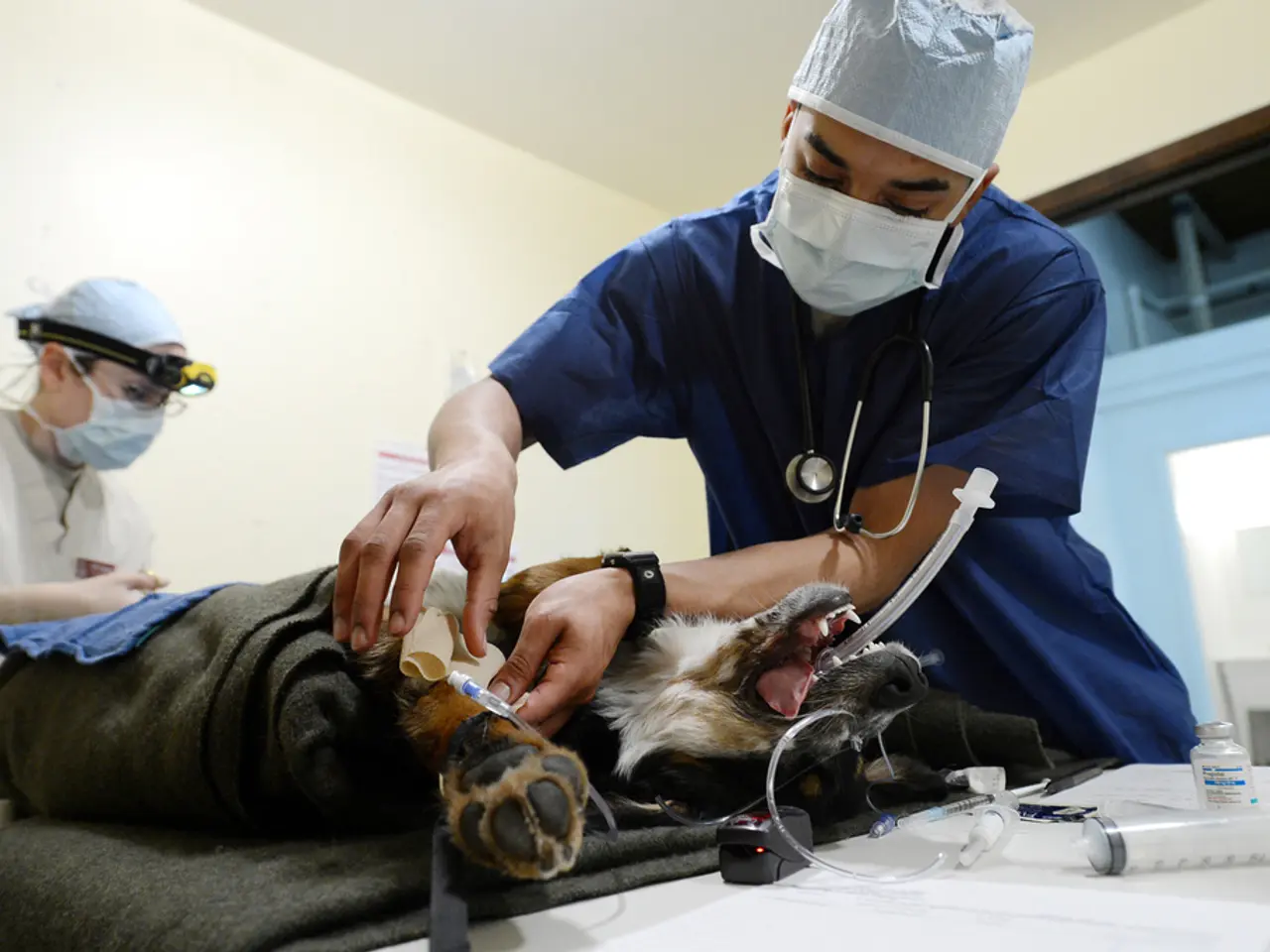Stage 2 Hidradenitis Suppurativa: Characteristics and Additional Information
Hidradenitis suppurativa (HS) is a chronic skin condition that affects many individuals worldwide. In HS stage 2, the symptoms become more severe, with recurrent abscesses, sinus tracts, scarring, single or widely separated lesions, and other distinctive features. This article outlines the key treatments for HS stage 2, including antibiotics, biologic therapies, surgical interventions, and adjunctive measures.
Antibiotics are often the first line of defence for HS stage 2. Systemic antibiotics such as oral tetracyclines (doxycycline or lymecycline) or erythromycin are commonly prescribed for 3 to 6 months. Topical clindamycin 1% applied twice daily for up to 3 months may be used in mild to moderate cases [2].
Biologic therapies, which target inflammatory pathways, have shown significant efficacy in moderate to severe HS, including stage 2. Adalimumab (40 mg weekly), approved by the FDA, has demonstrated remarkable results. Other emerging biologics like secukinumab, bimekizumab, sonelokimab, and lutikizumab are also being investigated, with sonelokimab showing a higher odds ratio for clinical response in trials [1][3].
Surgical interventions for HS stage 2 often involve excision of affected areas. A novel single-stage procedure combining radical unroofing and deepithelialization followed by skin grafting is less invasive than traditional wide local excision and has shown promising results for stage 2 and 3 HS. Wide local excision remains a standard treatment for more severe or refractory cases but involves prolonged healing and hospitalization [5].
Lifestyle modifications, such as weight loss and smoking cessation, are recommended. Warm baths and antimicrobial washes (chlorhexidine, bleach baths) may help reduce inflammation and improve symptoms [3][4].
In summary, treating HS stage 2 is a stepwise approach, starting with antibiotics, moving to biologics when needed, and considering surgical interventions for persistent or extensive disease. Novel surgical techniques may reduce the recovery burden compared to traditional excisions [2][5].
If you suspect you have HS, it's crucial to contact a doctor as soon as possible. The American Academy of Dermatology Association (AAD) also recommends using an antimicrobial wash to decrease bacteria in affected areas. Avoid overheating and excess sweating, as they may worsen symptoms.
- Dermatology plays a significant role in managing Hidradenitis suppurativa (a health-and-wellness issue classified among skin-conditions) in stage 2, with treatments spanning the use of antibiotics, biologic therapies, and surgical interventions.
- For mild to moderate HS stage 2 cases, topical drugs like clindamycin 1% and systemic antibiotics such as oral tetracyclines or erythromycin are common prescriptions.
- Science continues to explore novel treatments for HS, with the emergence of biologics like adalimumab, secukinumab, bimekizumab, sonelokimab, and lutikizumab showing potential for moderate to severe cases.
- In the realm of skin-care, lifestyle modifications such as weight loss, smoking cessation, warm baths, and antimicrobial washes can help reduce inflammation and improve symptoms of HS.




